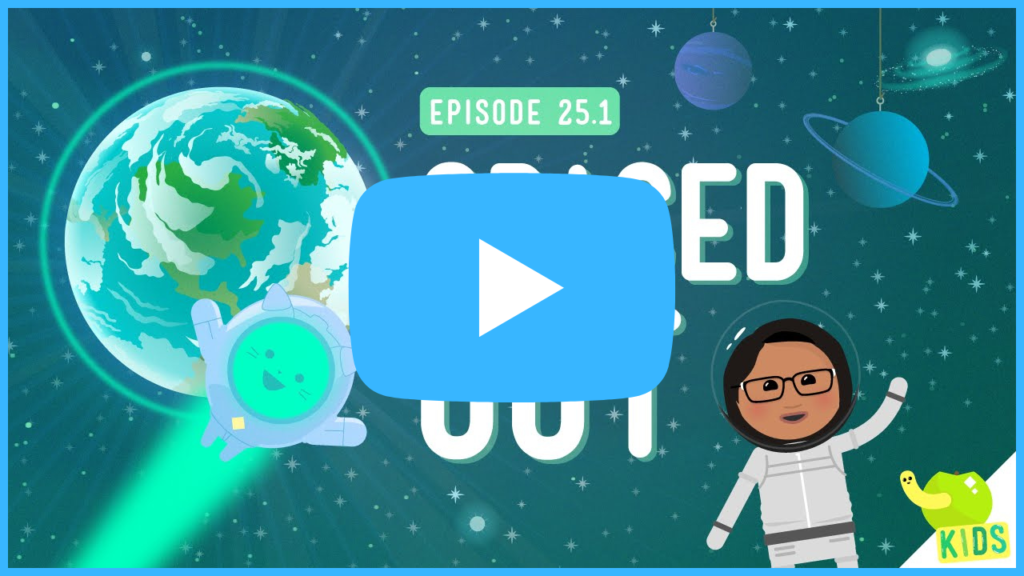This playlist of 6 videos from Crash Course Kids is all about space science and an introduction to stars. The contents of these videos are in line with 5th-grade science standards. Check below the videos for a list of Next Generation Science Standards used throughout the playlist. These videos are perfect for introducing new concepts and reviewing subjects already taught. These videos do a great job teaching students about space and the different kinds of stars in outer space. The overall aim of these videos is to introduce students to space science, specifically examing the stars and constellations. Each video ranges in length from 3 to 5 minutes, perfectly combining education and entertainment in easily digestible segments.
Crash Course Kids Space Science: Introduction to Stars Complete Playlist

Next Generation Science Standards Addressed
- 5-ESS2-1. Develop a model using an example to describe ways the geosphere, biosphere, hydrosphere, and/or atmosphere interact. [Clarification Statement: Examples could include the influence of the ocean on ecosystems, landform shape, and climate; the influence of the atmosphere on landforms and ecosystems through weather and climate; and the influence of mountain ranges on winds and clouds in the atmosphere. The geosphere, hydrosphere, atmosphere, and biosphere are each a system.] [Assessment Boundary: Assessment is limited to the interactions of two systems at a time.]
- 5-ESS1-2. Represent data in graphical displays to reveal patterns of daily changes in length and direction of shadows, day and night, and the seasonal appearance of some stars in the night sky. [Clarification Statement: Examples of patterns could include the position and motion of Earth with respect to the sun and selected stars that are visible only in particular months.] [Assessment Boundary: Assessment does not include causes of seasons.]
5th grade science,crash course,Math,Science,kids science,crash course kids,homework help,Test,Review,Physics,kids physics,astronomy,how big is the universe,Universe,distance,astronomical distance,kids astronomy,


